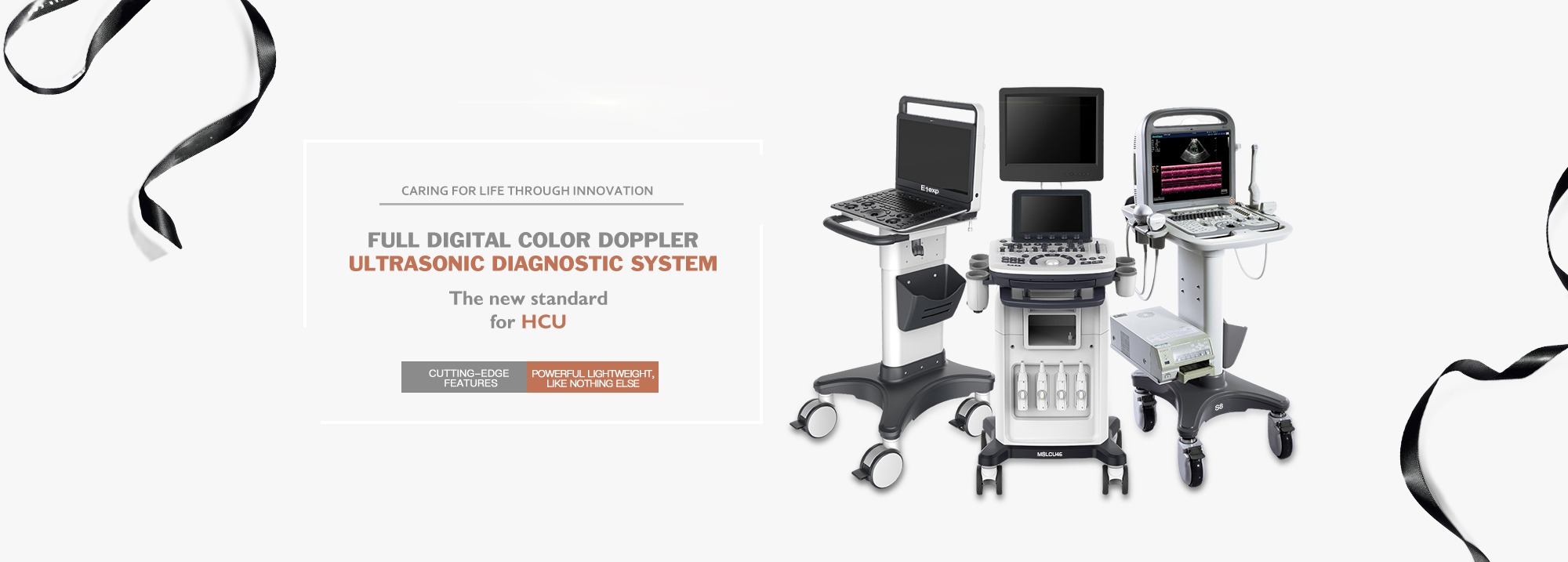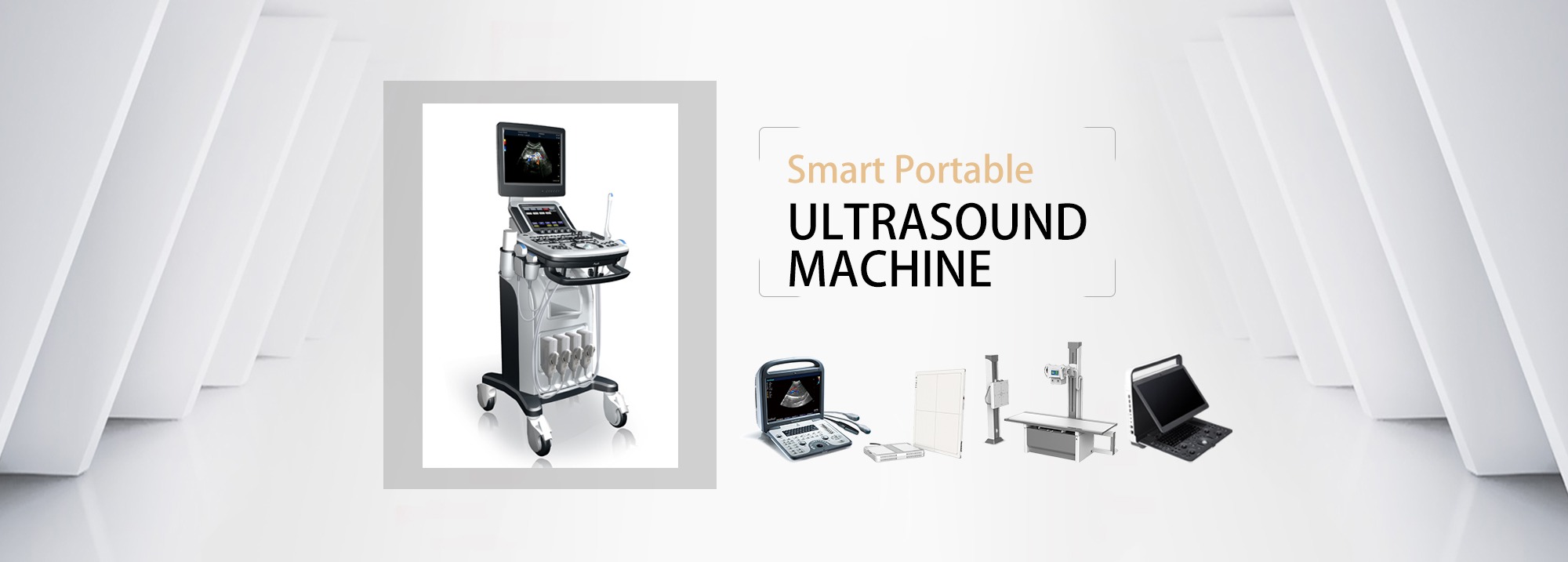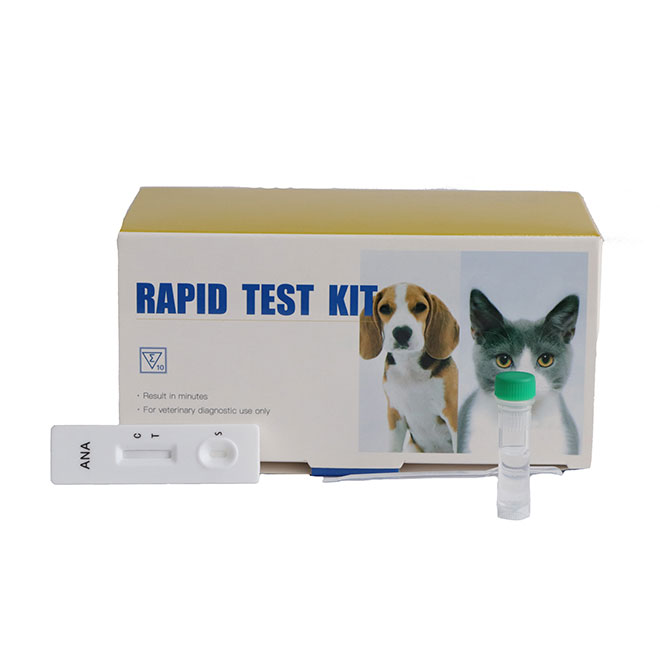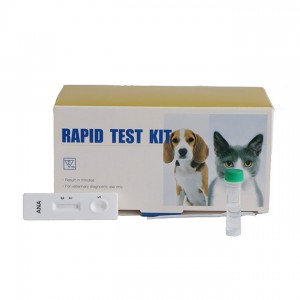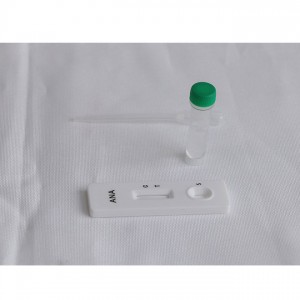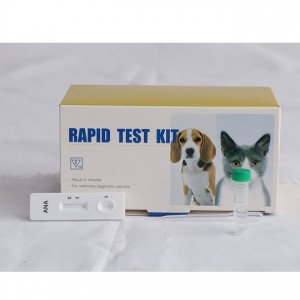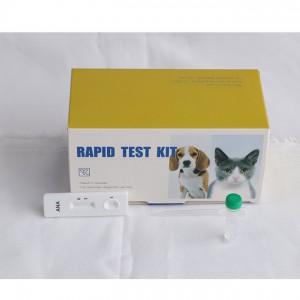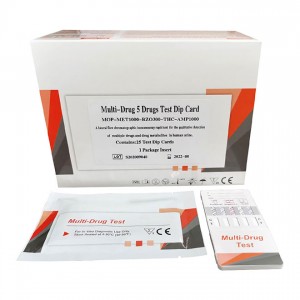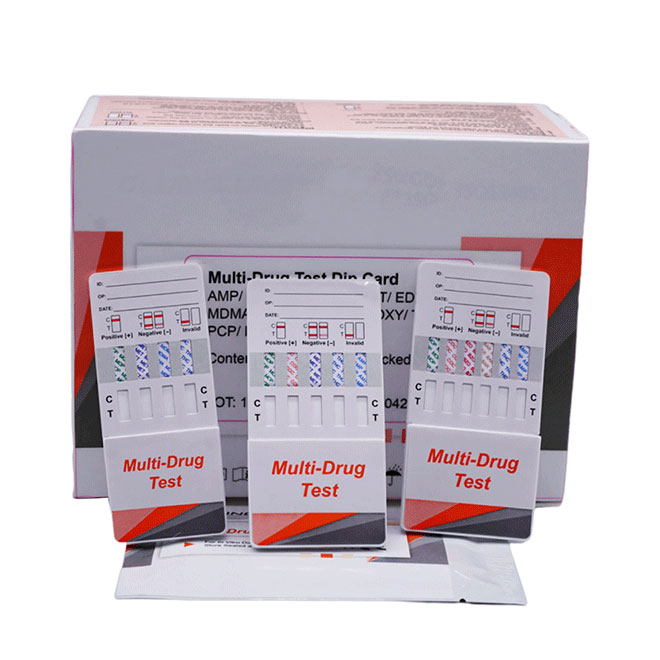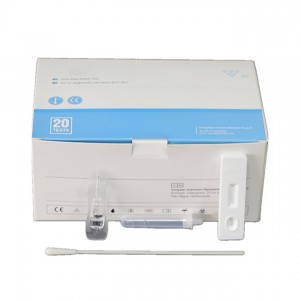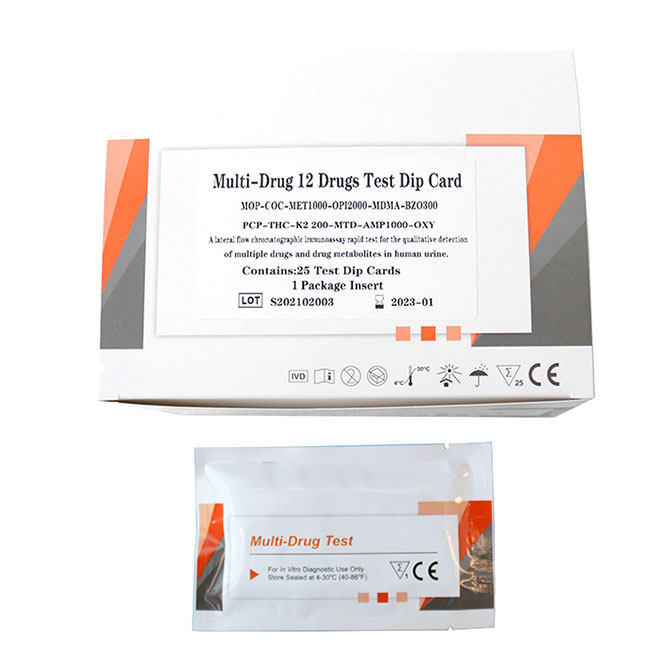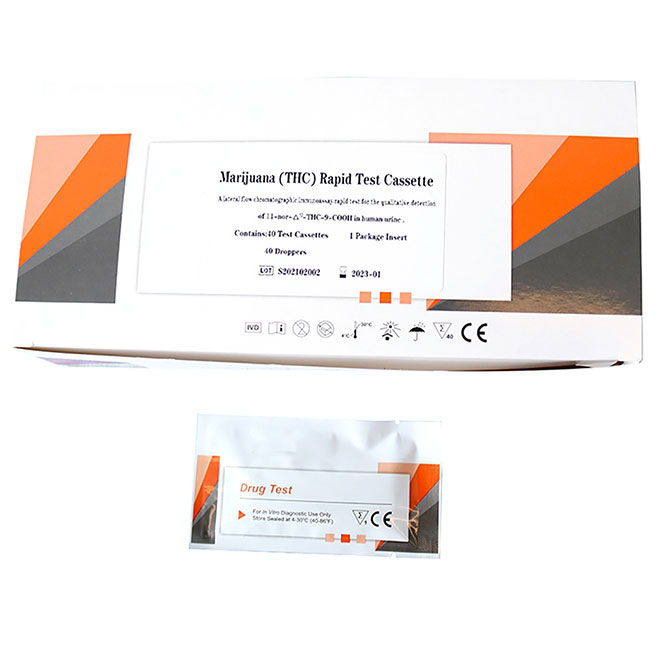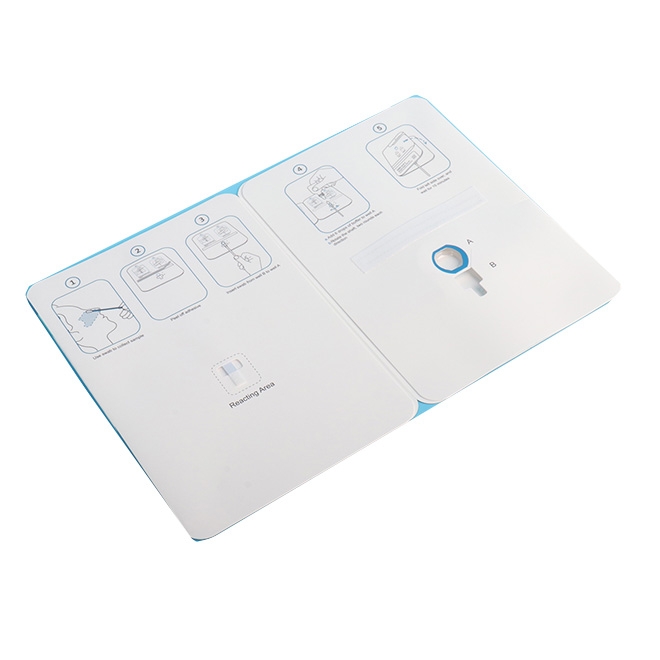Diagnose the presence of Anaplasma spp
Assay Time: 5-10 minutes
Specimen: Serum, plasma
Packaging & Delivery
Packaging detail:Standard export package
Delivery detail:within 7-10 workdays after receipt of payment
Features
Invisible Rapid Test Cassette AMDH47B
INTENDED USE
The Invisible Rapid Test Cassette AMDH47B is a test cassette to diagnose the presence of Anaplasma spp. antibodies in dog’s serum specimen.
Assay Time: 5-10 minutes
Specimen: Serum, plasma.
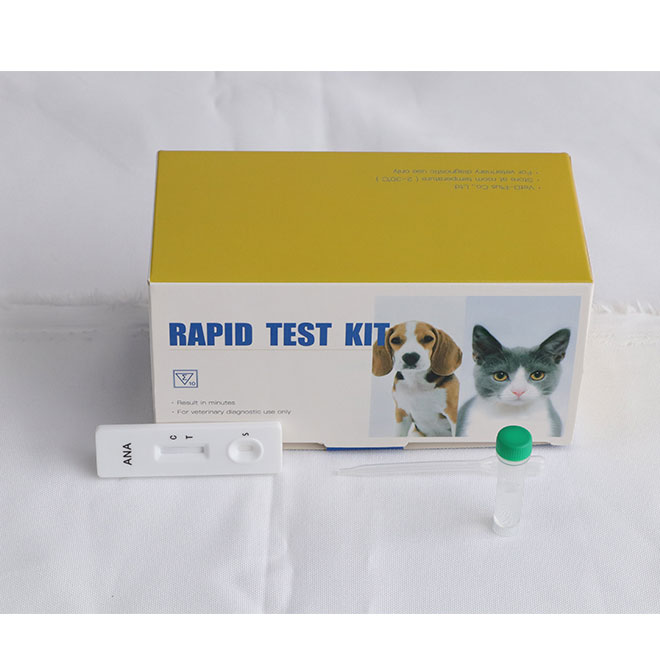
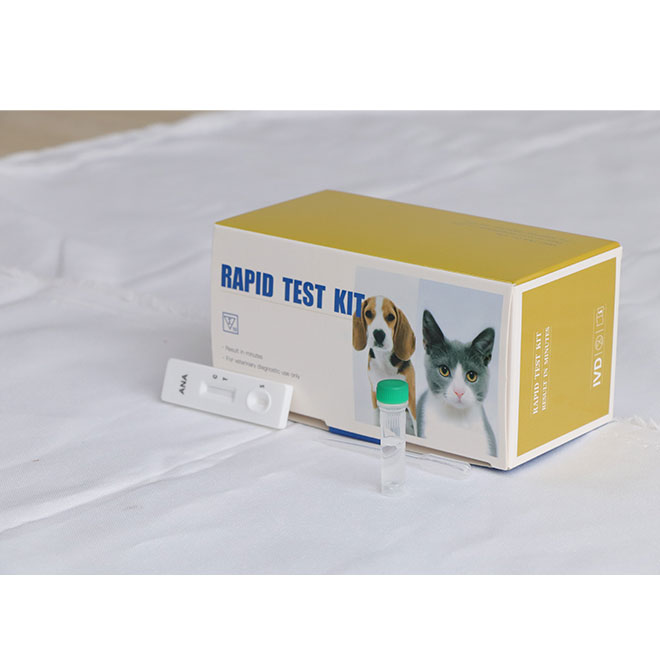
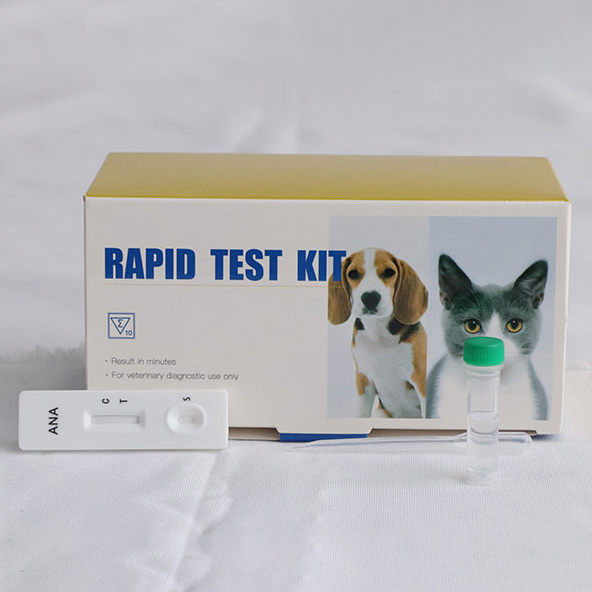
Principle
The Invisible Rapid Test Cassette AMDH47B is based on sandwich lateral flow immunochromatographic assay. The test card has a testing window for the observation of assay running and result reading. The testing window has an invisible T (test) zone and a C (control) zone before running the assay.
When the treated sample was applied into the sample hole on the device, the liquid will laterally flow through the surface of the test strip and react with the pre-coated Anaplasma recombinant antigens. If there are Anaplasma antibodies in the specimen, a visible T line will appear. The C line should always appear after a sample is applied, which indicates a valid result. By this means, the device can accurately indicate the presence of Anaplasma antibodies in the specimen.
Invisible Rapid Test Cassette AMDH47B
Reagents and Materials
- Test devices, with disposable droppers
- Assay buffer
- Products Manual
Storage and Stability
The kit can be stored at room temperature (4-30°C).
The test kit is stable through the expiration date marked on the package label.
DO NOT FREEZE. Do not store the test kit in direct sunlight.
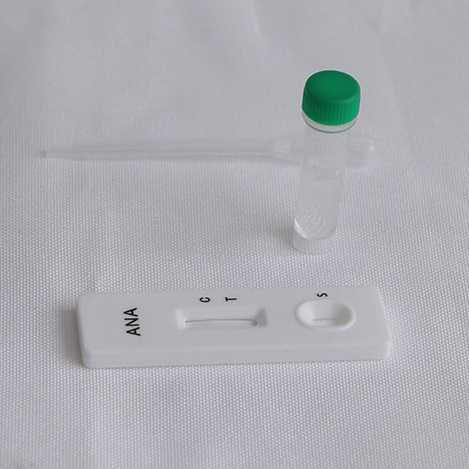
Specimen Preparation and Storage
1. Specimen should be obtained and treated as below.
- Serum or plasma: collect the whole blood for the patient cat, centrifuge it to get the plasma, or place the whole blood into a tube which contains anticoagulants to get serum.
- Pleural fluid or ascetic fluid: collect the pleural fluid or ascetic fluid from the patient dog. Directly use them in the assay or store at 2-8℃.
2. All specimen should be tested immediately. If not for testing right now, they should be stored at 2-8℃.

